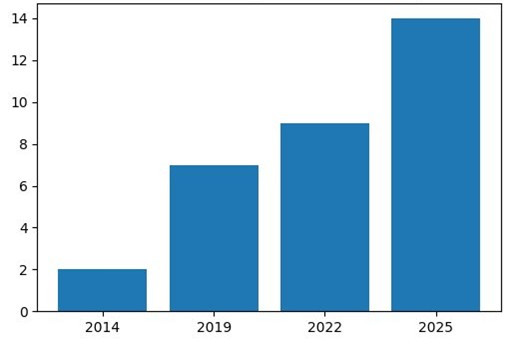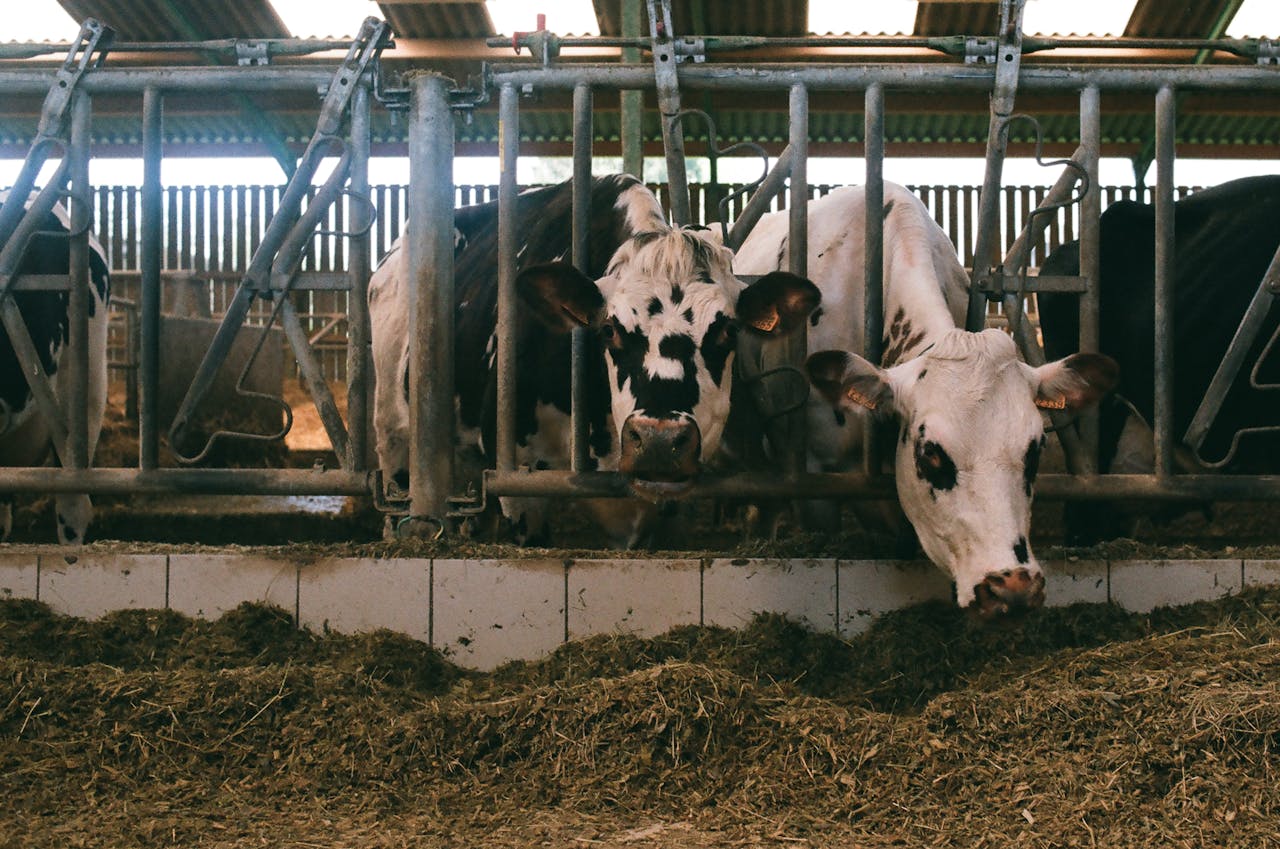Animal models are becoming more intelligent, accurate, and predictive than ever before. This progress stems from the integration of scientific research with machine learning technologies, resulting in hybrid models with tremendous potential.
Modelling in animal nutrition has progressed remarkably in recent years, driven by advances in technologies such as machine learning (ML) and artificial intelligence (AI). A key platform for sharing and advancing this work has been the Modelling Nutrient Digestion and Utilization in Farm Animals (Modnut) conference. Since its inauguration in 1979 in Hurley, United Kingdom, the conference has been held regularly across the globe, promoting innovation and sustainability in animal production.
The 11th edition, organised by Agroscope (Posieux, Switzerland), took place in Engelberg, Switzerland, in September 2025, bringing together 103 participants (23 students and 80 professionals) from around the world. The 41 oral communications and 30 posters were divided into 4 sessions, each accompanied by a keynote talk.
Dr Marion Lautrou from Agroscope said: “This year, we encompassed a diverse range of topics, from emerging methodologies such as machine learning, data-driven models and hybrid models to nutritional modelling at various biological scales (e.g., rumen, animal, herd level). Research on the application of models for manure management, climate change impact assessment, and methane mitigation strategies was also presented.”
Spike in AI and ML in research
Notably, this year saw record use of terms like ‘AI’ and ‘ML’ in the titles of abstracts and posters (Figure 1) as shown by Dr Jennifer Ellis from the University of Guelph (Canada). In her keynote address (Modelling Sustainable Livestock Systems in the Agriculture 4.0 Era: Blending Mechanistic and AI Approaches) she explained: “The integration of (traditional) mechanistic models, rooted in the biological principles of digestion, metabolism, and nutrient utilisation, with the adaptive and predictive capabilities of AI can provide a powerful framework for sustainable, precision livestock systems. These so-called ‘hybrid models’ represent a new modelling paradigm that merges the interpretability and causality of traditional models with the flexibility and pattern-recognition power of machine learning. I believe that this fusion is reshaping the future of livestock production.”
Dr Ellis outlined 3 primary architectures for hybrid modelling: serial hybridisation, where AI and mechanistic models inform one another sequentially; parallel hybridisation, where both systems operate simultaneously to improve predictive accuracy; and physical-constraint hybridisation, where biological principles are embedded directly within data-driven algorithms to reduce data requirements and ensure scientific consistency.
Case studies with hybrid models
Through case studies, it was demonstrated how integrating empirical and AI models can enhance prediction precision around dairy cow dry matter intake (DMI) and milk yield. DMI is critical for optimising yield, health, and reproduction. But do we truly know how much cows consume each day? PhD student, Maureen Sahar, based at the University of Guelph, therefore tested various hybrid models using a dataset from 591 Holstein dairy cows with partial lactation records (29,377 observations; 2009–2020) and found that most hybrid models significantly outperformed the current National Research Council (NRC) and other existing models in predicting DMI.
Work by the University of Guelph, Wageningen University (the Netherlands) and Trouw Nutrition also studied if AI models can replicate predictions from a mechanistic model (an approach called ‘surrogate modelling’) and explore their potential role in advancing precision feeding for dairy cows. This research was conducted (and presented at Modnut) by MSc student Jessica Bode, based at the University of Guelph. This research showed that AI models can learn to replicate mechanistic model predictions under simulated conditions and hence presents a novel technique to hybridise mechanistic models to improve both accuracy and scalability. This surrogate approach considerably speeds up the rate the model can produce predictions – making it suitable for real-time decision making and precision feeding systems.
Cornerstone of precision farming
In conclusion, modelling will play an increasingly vital role in meeting animals’ nutritional needs, reducing feed costs, improving health and welfare, and achieving sustainability goals. These are not separate objectives but interconnected challenges that today’s animal nutritionists must address simultaneously. Traditional mechanistic models, grounded in the biological principles of digestion, metabolism, and nutrient utilisation, have provided a strong foundation in the field.
As the demands for precise prediction, complex simulations, and real-time optimisation of feeding and management grow, hybrid modelling approaches are suited to meet these needs. As Dr Ellis concluded in her presentation: “By establishing hybrid modelling as a cornerstone of precision livestock farming, this approach bridges the gap between ‘big data’ and ‘big theory,’ ensuring that technology-driven insights remain biologically meaningful and practically relevant. The future of agricultural modelling will not be a competition between AI and traditional theory, but a synergistic partnership, one that drives smarter, more efficient, and more sustainable livestock production worldwide.”
The full proceedings of Modnut 2025 are published by ANIMAL and can be accessed here.


